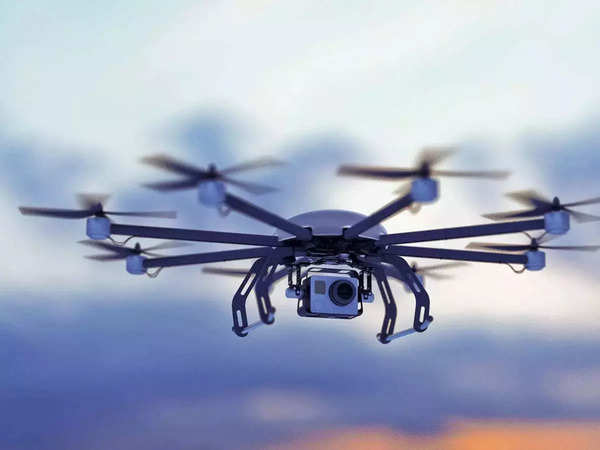Will it fly? Companies and investors in the fledgling advanced air mobility (AAM) industry are betting billions that the answer is yes. AAM features a new set of mobility use cases that include people and cargo transport—think flying taxis, cargo drones, and the like—and funding has accelerated in recent months. The uptick has been so rapid, in fact, that total disclosed investments exceeded $8 billion at the end of March 2021. People transport has seen the most recent investor interest, drawing more than 80 percent of total funding, but cargo-delivery drones might soon see an upsurge.
While investors and other industry stakeholders are excited about AAM’s potential, the consumer view is less clear. Will people happily board flying taxis and accept drone deliveries, or do some reservations remain? To gain a fuller understanding of the issues at play, as well as potential demand, McKinsey surveyed approximately 4,800 consumers in Brazil, China, Germany, India, Poland, and the United States in March 2021. The research involved use cases for both people moving and cargo transport. Our goal was to investigate consumers’ future willingness to adopt and pay for AAM services, as well as their preferences and concerns.
Asking people about a product or service that does not yet exist—including passenger AAM vehicles—is always challenging. After all, a consumer’s stated preference and actual behavior can differ, especially when the scenario involves a theoretical offering that is not yet on the market. That said, our survey does provide some important insights about potential use cases and the AAM market that industry stakeholders may find helpful as they plan their future strategies.
Consumer insights on flying taxis
We looked at six people-moving use cases involving widely different activities:
- commuting to and from work
- errands
- business travel
- short-distance leisure travel, such as trips to the cinema
- long-distance leisure travel, such as visits to family members in other cities
- trips to and from the airport as part of a longer journey
These potential use cases would involve AAM vehicles, such as electrical vertical takeoff and landing aircraft, electric conventional takeoff and landing aircraft, and electric short takeoff and landing aircraft, which fly at lower altitudes within urban, suburban, and regional areas. The AAM vehicles would be operated by pilots in the medium term, with semiautonomous or autonomous vehicles becoming available over the longer term.
Willingness to adopt passenger AAM and preferred use cases vary by country
Interest in using passenger AAM was highest in India and Brazil. From 31 to 47 percent of Indian respondents said they would definitely consider using an AAM vehicle in the future, depending on use case, as did 21 to 32 percent of Brazilian consumers (Exhibit 1). German respondents expressed the lowest interest level for most use cases, with the percent of respondents stating that they would use an AAM vehicle ranging from a low of 8 percent for long-distance leisure travel to a high of 17 percent for airport trips.
https://www.mckinsey.com/industries/aerospace-and-defense/our-insights/up-in-the-air-how-do-consumers-view-advanced-air-mobility





